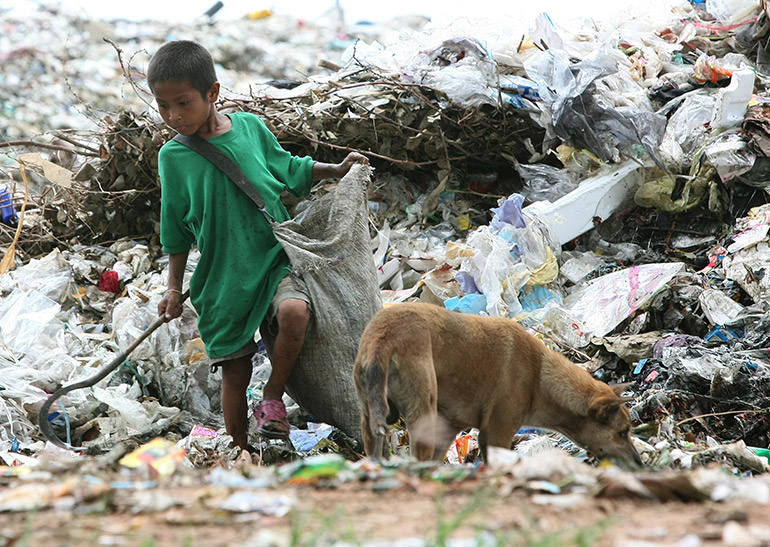Yesterday, Asean adopted its first declaration on out-of-school children, part of a wider strategy to ensure that all girls and boys in the region complete primary and secondary education by 2030

Asean’s adoption of the Declaration on Strengthening Education for Out-of-School Children and Youth at yesterday’s summit has marked the first time the ten member states have taken a concerted stand to address the needs of the region’s 3.2 million out-of-school children.
Piseth Nou, economic empowerment and education operations manager at human rights NGO Hagar International in Phnom Penh, told Southeast Asia Globe that children across the region faced overwhelming economic and social barriers to education, with access to education particularly restricted among migrant communities.
“Family financial issues are a significant barrier for out-of-school children returning to school,” he said. “This is caused by poverty, migration and family crises among others. There are also challenges enrolling older children in classes with kids several years younger, but in the same grade. Other contributing barriers are the costs of schooling materials, uniforms, extra class fees and transportation costs.”
Ichiro Miyazawa, programme specialist in literacy and lifelong learning at Unesco, stressed that creating more inclusive education systems would be critical for governments across Southeast Asia.
“The key point is opening up education for everyone… children with disabilities, migrant children, working children and also children from ethnic minorities – these are the main targets,” he said.
Praising Thailand for its decision in 2005 to open up its education system to all children, regardless of whether they could produce evidence of Thai nationality or civil registration, Miyazawa said the declaration would hopefully “encourage other Asean countries to follow Thailand’s lead”.
“Obviously the declaration is just on paper, so we have to do a lot of follow-up work. Before the end of the year, we will invite the ten Asean countries to create specific action plans,” Miyazawa said.
The declaration will also attempt to encourage greater regional cooperation and to resolve issues faced by students switching between national education systems. To date, there has been scant inter-state recognition of neighbouring educational qualifications, which has meant, in the event of repatriation, migrant students have had to resume their studies in grade one, regardless of their age or development.
Miyazawa described the declaration as a strong step forward in combatting entrenched inequality within education in the region.
“We hope the declaration will cause a ripple that will affect the pool of change for the out-of-school children in Southeast Asia,” he said.
Asean announces joint-plan to tackle out-of-school children problem
Yesterday, Asean adopted its first declaration on out-of-school children, part of a wider strategy to ensure that all girls and boys in the region complete primary and secondary education by 2030


